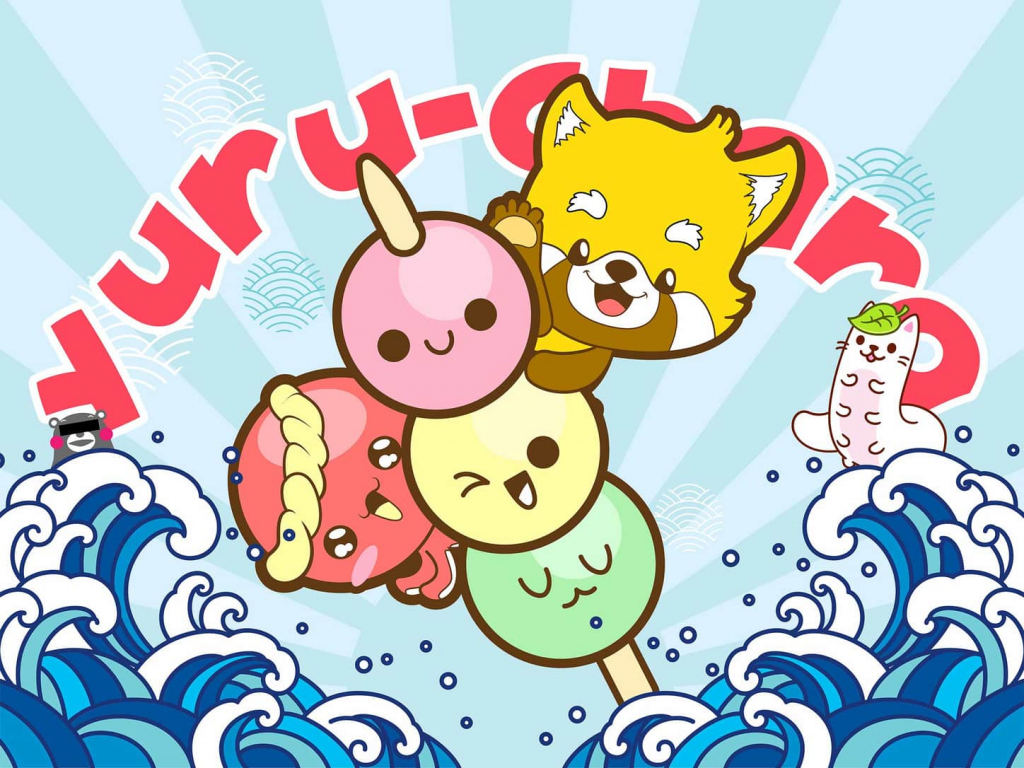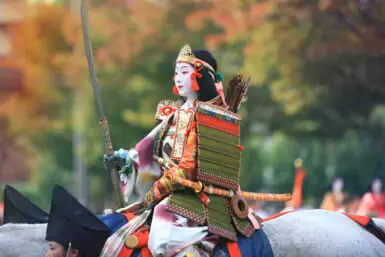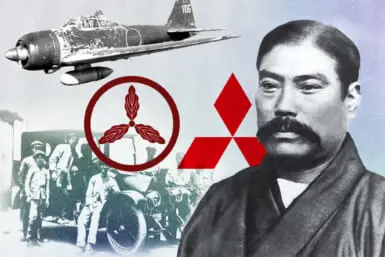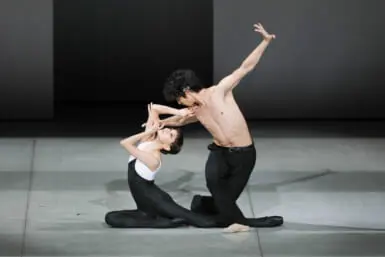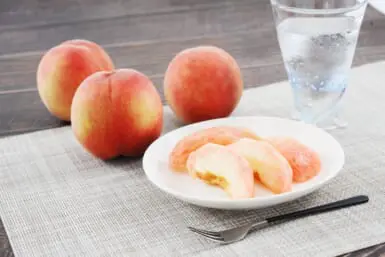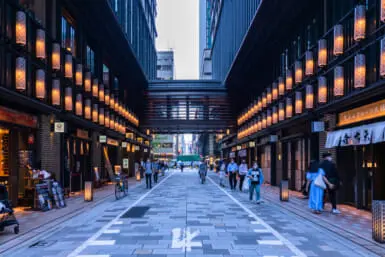You’ve heard of them: Yuru-chara. Among the seemingly endless ways Japan is fantastically weird are the ubiquitous Japanese mascots. More specifically, prefectural mascots. Those strange animal-fairy-looking creatures that have achieved celebrity status in Japan in their collective 30-plus years of existence.
Yuru-chara, short for yurui (or “flappy” in English) mascot characters, rose in popularity in the 1980s. They were then quickly pitched as a way to promote domestic tourism, which it did with flying colors. Their presence is so that since 2008, various festivals and events have taken place every year to promote these mascots including a Grand Prix that’s going on its 10th anniversary. And if you wanted to know, yes, you may vote for your favorite ones.
But the question remains: What do these Japanese mascots have that their North American counterparts lack?
Eccentric but Meaningful Designs
An impactful and recognizable mascot design is key to making it in the competitive world of yuru-chara. As their purpose was first and foremost to promote regional particularities, their design naturally had to embody the essence of the place they represented. Sometimes it’s obvious, like in the case of Sento-kun, who is the mascot for Nara City and represents the two most well-known aspects of the capital, Todai-ji’s Great Buddha and deer. Other times, it’s a little more abstract but there’s always a connection between design and regional pride. Take a look at Fukuoka Prefecture’s Ecoton. What do see?
https://www.instagram.com/p/B4WEV9ZFlZL/?utm_source=ig_web_copy_link
If you’ve guessed a bowl of tonkotsu (pork-bone broth) ramen, you’re correct! Ecoton was based on the prefecture’s most famous dish. Certainly the cutest bowl of ramen we’ve ever seen.
Cuteness, however, can only take you so far. In a world where cute mascots are the majority, with not only prefectures in the game but also cities and small towns, it can be hard to make it as a yuru-chara with only an adorable design. Nowadays, there is also a trend of grotesque mascots that do everything they can to break the stereotypes. Enter Melon Kuma:
https://www.instagram.com/p/B8kjEK7guyW/?utm_source=ig_web_copy_link
This nightmare-inducing mascot from Yubari, Hokkaido, has been gaining a pretty dedicated fanbase in the last couple of years due to its, uh, unique look. Despite its freakish appearance, Melon Kuma still represents his region well with a simple but effective design. Bears? Check. Melon? Check.
Expressive Personalities
It’s quite the talent to express emotion through a stiff mascot costume, but Japanese yuru-chara have perfected the art. In fact, it’s a must. In 2020, part of the job is not only to participate in regional events, but to create a memorable online presence to which we relate wholeheartedly.
Gunma Prefecture’s Gunma-chan, for example, often gets far too… real.
https://www.instagram.com/p/CB-ly4VnwRR/?utm_source=ig_web_copy_link
On the other side of the spectrum, you have mascots known for their love of debacle and chaos. So much so that they’ve gained international recognition. Last year, a certain unofficial mascot made an appearance not once but twice on Last Week Tonight. That’s right, we’re talking about Chiitan, the non-sensically destructive otter.
https://www.instagram.com/p/CCX9BA4lbfI/?utm_source=ig_web_copy_link
There are Non-Prefectural Mascots Too
There is a lot more to discover in the world of Japanese mascots than yuru-chara. In fact, a lot of corporations and companies also take the time to design and create their own that consistently appear in commercials and advertising campaigns. You might have even seen a few on your Tokyo commute, dancing alongside comedian Naomi Watanabe. Even when came the time to start preparing for the 2020 Olympics, the mascots were a big and an important component in the branding and anticipation for the games.
Mascots are part of modern Japanese marketing, and to a certain degree, part of the Tokyo landscape. Keep an eye open for them on your next trip to the city!
Stay weird, Japan.

